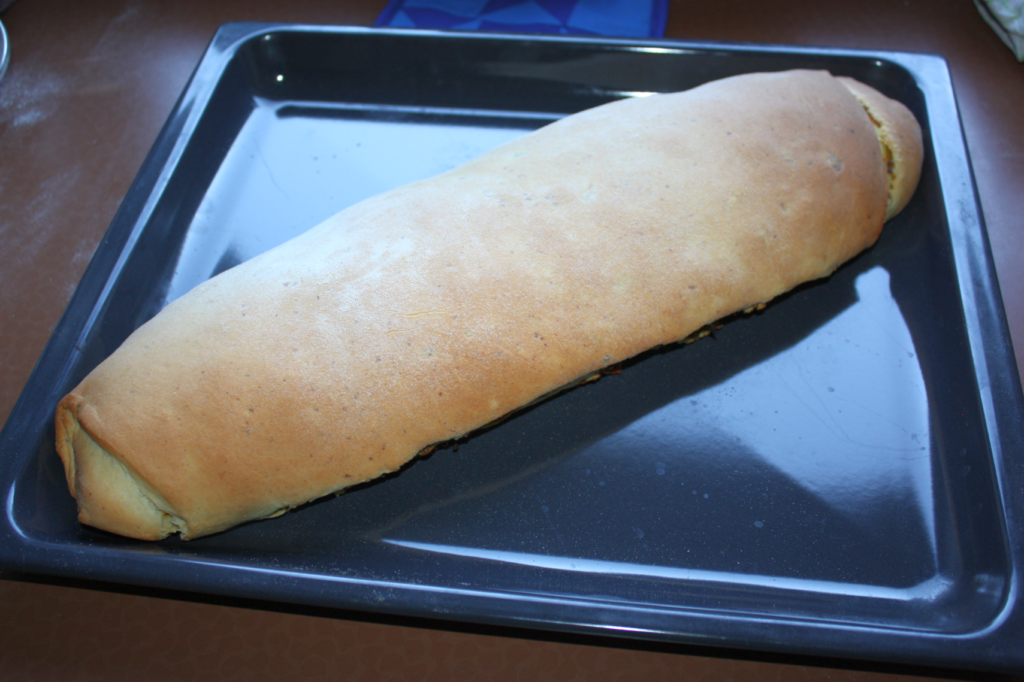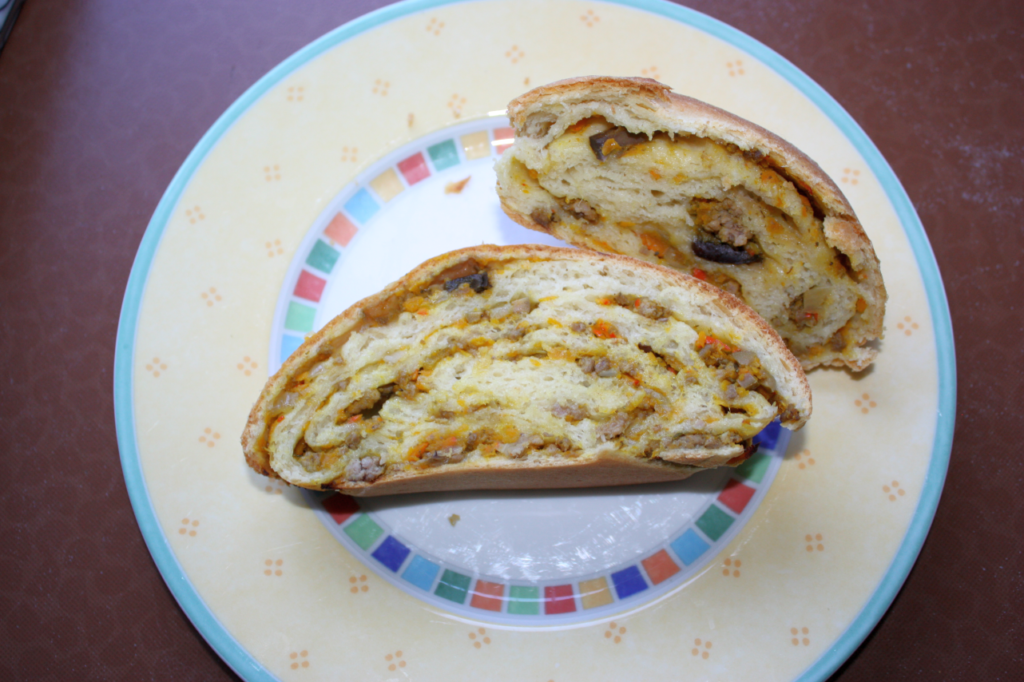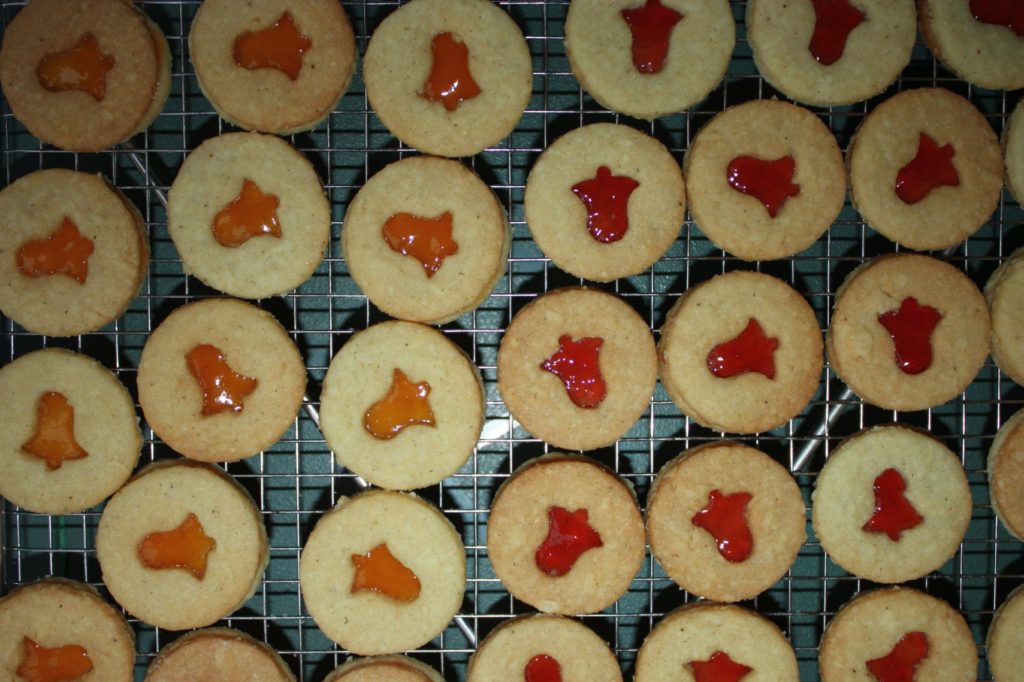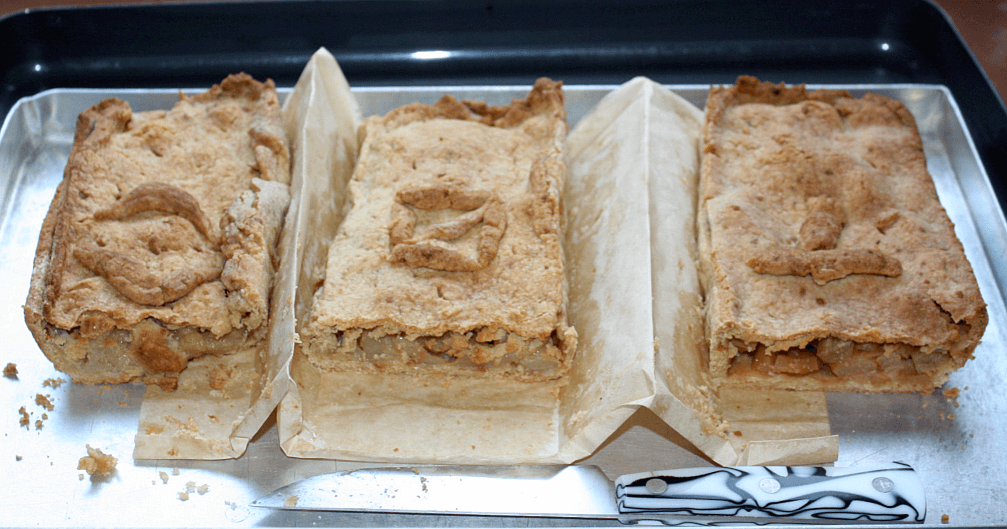Easter is coming up. That festival of eating eggs (lots of eggs!), both chocolate and chicken-produced. When everybody is happy about spring finally being in full spring, and winter being over.
So, in preparation, here's two things:
Openculture writes about killer rabbits in medieval manuscripts. Yes, the Monty Python Killer Bunny is not completely made up - there are Evil Rabbits of Megadoom abounding in manuscripts…
The second thing? It's in case you would like to make some weird, relatively quick-to-make confection that can be eaten at Easter. Or at any other point in the year, actually - it's just my excuse to post this now. I call it "Inflated Figs" and it works like this:
Buy cream, dark chocolate (a good, yummy kind, not the cheapest, please), and soft dried figs. You'll also need a pot and a piping bag with either a filling nozzle or a slim nozzle with a small opening.
Put some cream into a pot and gently heat; add an equal-weight amount of dark chocolate and stir until completely mixed. You should have a thickish brown sauce-like ganache as a result. Spoon your ganache into the piping bag. Insert the nozzle into a fig and press the warm ganache into the fig until it inflates. Repeat until running out of figs, ganache, or both. Place in the fridge to cool, and it's probably best to also store these in the fridge for as long as they will last - if, in case you are like me and love both figs and chocolate, might not be very long.
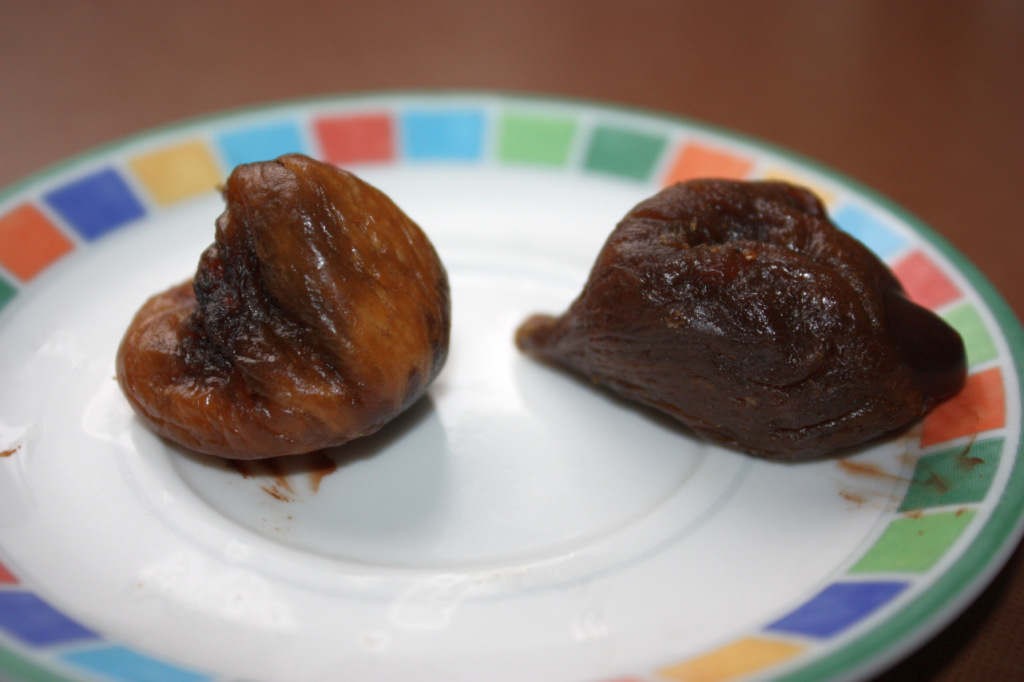
If you have ganache left over, you can whip it up, put small mounds on it on top of cookies, and serve that as a dessert in its own right, by the way. Or use it to glaze a cake... in case you need an excuse for some cake-baking!




